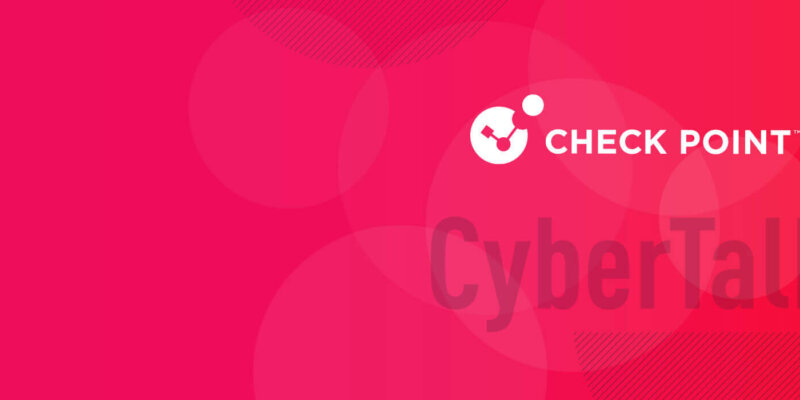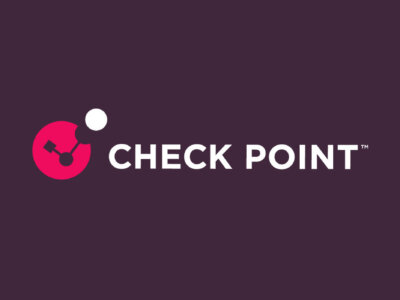
Security Service Edge (SSE): Defined, explained, explored
With more than 15 years of experience in cyber security, Manuel Rodriguez is currently the Security Engineering Manager for the North of Latin America at Check Point Software Technologies, where he leads a team of high-level professionals whose objective is to help organizations and businesses meet their cyber security needs. Manuel joined Check Point in 2015 and initially worked as a Security Engineer, covering Central America, where he participated in the development of important projects for multiple clients in the region. He had previously served in leadership roles for various cyber security solution providers in Colombia.
In this article, expert Manuel Rodriguez explores the core principles, benefits and impact of SSE on threat detection and incident response capabilities. In addition, we’ll delve into the factors that drive organizations to choose SSE over Secure Access Service Edge (SASE) solutions. We’ll also discuss the tools, technologies and security frameworks that are essential for fortifying SSE environments.
Join us as we unravel the complexities of SSE security, empowering you to better safeguard your organization’s environment.
Could you please provide an overview of SSE security?
As organizations continue to evolve in the digital world, we see the increased adoption of cloud services and users connecting from different places. These users and the access to these services and applications still need to be properly secured. The main challenge is that the network security that we are used to in terms of perimeter protections is not suitable for this environment.
Secure Service Edge (SSE) is a framework intended to solve the challenge of securing users regardless of their location and the location of the data they are accessing. To be able to do that properly, the protection needs to be close to the user and provide a way to secure them without impacting the overall experience. This is the reason why SSE should be primarily a Cloud solution. It is not efficient to make traffic for users go to head quarters to be able to provide web and internet security.
It is also important to provide a complete protection for these users and their data, and also to protect access to organizations’ data in a consolidated and flexible way. This is why SSE converges different solutions into a single cloud-based solution, including Zero Trust Network Access (ZTNA), Secure Web Gateway (SGW), Firewall as a Service (FWaaS) and Cloud Access Security Broker (CASB).
What are the key benefits of implementing SSE?
This new environment is complex, as we have many perimeters and data residing on different locations, including cloud SaaS services cloud data centers and on-premises data centers.
The main benefit of SSE is to reduce complexity by providing consolidated security that is able to cover all needs, including access control, web and internet security, secure remote access and SaaS services protection using a cloud solution. And at the same time, it gives the user a secure and good experience with the best possible performance.
If not already addressed, how does Secure Software Edge impact threat detection and incident response capabilities?
SSE will provide complete threat visibility no matter the location of the user and it should also give threat protection and visibility on SaaS Services, safeguarding email and collaboration tools that are the primary attack vector.
What kind of business might choose SSE over SASE?
The difference between SSE and SASE is that the latter also includes networking functionality, such as SD-WAN. Some organizations might already have important investments in SD-WAN or networking technologies and might not want to change them at this moment. At other organizations, networking teams might want to keep their network administration independent of the security administration. In this cases SSE is a good fit for properly securing the environment. It will be important in that case to be able to integrate with this networking solutions to provide complete security.
Are there specific tools, technologies and/or security frameworks that you recommend for securing SSE environments?
Some of the main factors that security professionals should consider when choosing an SSE solution are, ease of deployment and management with single pane of glass monitoring, connectivity and performance, user experience, visibility and control coverage meaning it should be able to inspect traffic in different locations and services including SSL inspection, flexibility, scalability, threat intelligence and ability to block advanced threats.
How does SSE affect compliance and regulatory requirements?
By protecting users and access to data, SSE helps organization comply with regulations., For example, it does so by protecting users and networks from threats, which is a requirement of PCI-DSS.SSE helps achieve this no matter the location of users. SSE also gives complete visibility across all the organization’s distributed users, networks and services.
What are the main challenges and opportunities for SSE and security in emerging markets?
One of the main challenges in emerging markets are resources, such as limited budget and shortage of skilled cyber security professionals. That is why it is very important to have solutions that provide a comprehensive security coverage with very easy deployment and administration. Also, the possibility of providing more functions in the same solution and in this case adding SD-WAN and going into a SASE approach might be a better, more cost-effective solution.
Another important challenge is infrastructure with limited internet connectivity and unreliable networks. Adding security solutions that might add any overhead will severely impact the user experience.
Limited resources are also an opportunity. If SSE solutions can provide cost-effective solutions tailored to the needs and budgets of the market, there will be a high adoption as the digital environment continues to evolve.



